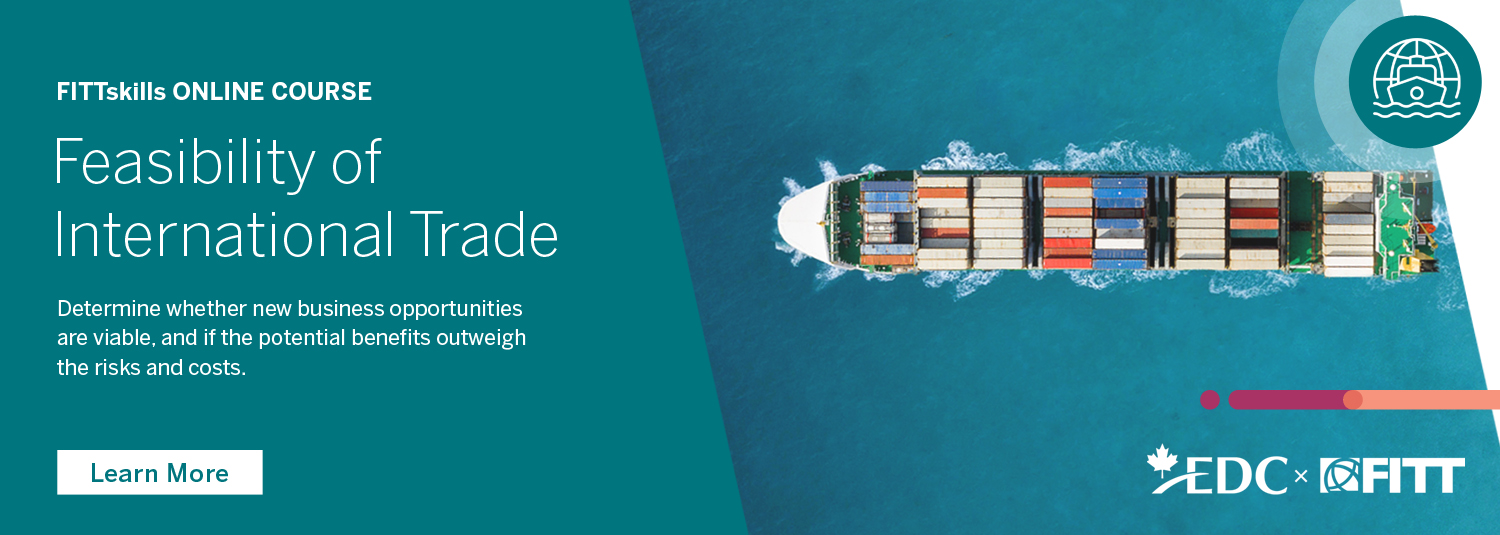Visualize data in numerical format
Numerical data should be presented as charts, tables or graphs wherever possible. Researchers can use a wide range of tools to present material in an attractive and clear format. Spreadsheets can organize numerical information and generate graphs and charts. Graphics packages can also be used to portray both numerical and non-numerical information.
Tables are one of the easiest methods of presenting quantitative data, but they must be well organized. Tables must have clearly labelled rows and columns and be organized consistently.
Graphs and charts present numerical information in a visual form. Each part of the graph or chart should be labelled clearly. There are various styles of charts to choose from. For instance, pie charts are used when the components of the data being shown must add up to 100 percent. They are most often used to show market-size data, classification data or market shares.
1. Pie Charts
2. Spider charts
This type of visual representation is sometimes used to present comparative numerical information in a way that quickly and easily highlights differences among categories.
3. Bar charts
Bar charts or histograms are a common tool for illustrating data and are most commonly used with rated data. They can be used to show customer satisfaction levels, market size for different companies and trends within a group.
Present data in qualitative format
There are many effective ways to visualize data if it’s qualitative as well. Information can be presented in the form of a flow chart that communicates processes or decisions, or it can be explained in relation to marketing frameworks. Quotes can add emphasis to a point, because they indicate the thoughts of the consumer. However, quotes should never directly identify an individual.
Looking to determine if your new trade opportunities are viable? Check out the FITTskills Feasibility of International Trade online course!
4. Flow diagrams
This is a very simple and effective way of presenting organizational data. Flow charts should be labelled clearly, and the flow of a decision or process through the various stages should be clear and easy to understand. The reader should be able to start at one point and follow a path through to the conclusion.











disqus comments